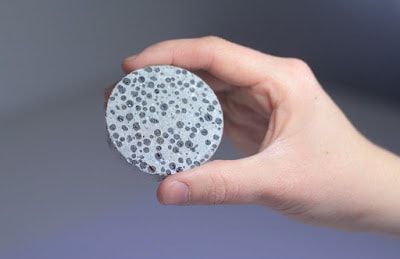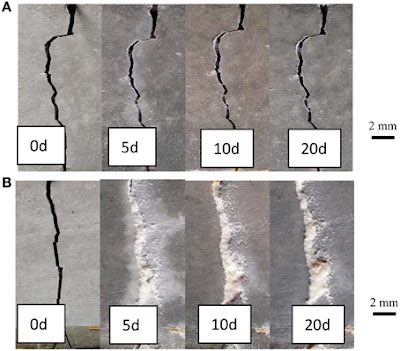Table of Contents
SELF HEALING CONCRETE(THE BIO CONCRETE )
The concrete is most important material in infrastructure and it is use very highly. And the main component of concrete is cement, aggregate, and sand. Due to cement heat of hydration the cracks are developed in harden concrete. And this cracks are very important factor for deterioration of concrete. Because the water and air are goes to cracks gaps and deteriorate the concrete. Therefore the control of cracks is very important. Since the cost of maintenance of cracks is high. But due to research of self healing concrete, it is easy way to control micro cracks in concrete. And the self healing concrete is eco friendly. which not produce high amount of green gas. The self healing concrete is easily repair the micro cracks in some times due to water or air.
PLASTIC ROAD INDIA
SELF HEALING CONCRETE :-
Self healing concrete is define as the concrete that is capable to repairing it’s self and gain its original position or back to it’s old position, due to water or air contact with un hydrated cement, further hydration occurs. A self healing concrete is introduced in the concrete which helps to repair the cracks by producing calcium carbonate crystals which block the micro cracks and pores in the concrete. The B. Pasteurii, Bacillus subtilis and B. Spharicus etc bacteria are use as self healing agent.
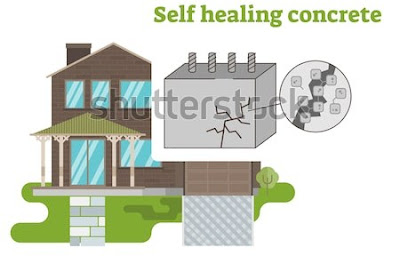 |
| SELF HEALING CONCRETE ( BIO-CONCRETE) |
MECHANISM :-
For the making of smart concrete have many approach. But for bio concrete use bacteria based healing concrete. This is also known as bio concrete. This kind of concrete uses simple process to close cracks. The mechanism is achieved by making a concrete mixture with contains of (i) a precursor like calcium lactate (Ca(C3H5O2)2) and, (ii) bacteria planted in micro capsules (or just added to the mixture) that will later germinate, once the water comes in cracks and contact with cracks surface, the bacteria reacted and they produce limestone (CaCo3) caused by the multiplying bacteria. The bacterium goes into dormant state, when cracks occur in future by obvious reason, the bacteria get exposed to the air and water and they start precipitating calcite crystals. The spores of such bacteria have a thick cell which can help them to remain intact up to 200 years while waiting for a better environment to germinate.
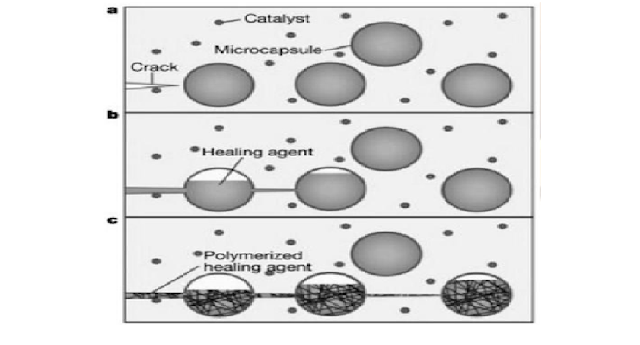 |
| SELF HEALING CONCRETE MECHANISM |
This process of calcite precipitation is influenced by the decomposition of urea by bacteria, with aid of the bacterial urease enzyme. As a result of metabolism of bacteria species give urease, that catalyses urea to ammonia and carbonate. Further these components hydrolyze to carbonic acid and ammonium chloride that leads to the formation of calcium carbonate (calcite crystal).
BACTERIA USED IN BIO-CONCRETE :-
The bacteria added in concrete mix. Concrete being extremely alkaline in nature, the bacteria added should fit in some special norms. The added bacteria should be able to withstand the harsh environmental conditions of concrete.
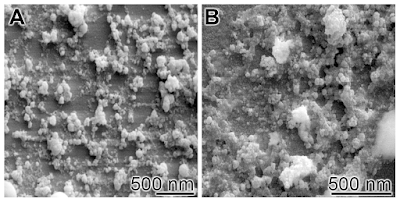 |
| SELF HEALING CONCRETE BACTERIA IMAGE |
Types of Bacteria :-
Bacteria naturally occur in nature in various forms. They are present not only on the surface but also beneath the surface of the earth. The various bacteria that can be used in concrete are
Anaerobic Bacteria:-
If anaerobic bacteria like closely related specie of shewanella are added to concrete, the compressive strength increases from 25-30%3 .
Aerobic Bacteria:-
The various types of aerobic bacteria that can be used in concrete are:
• Bacillus pasteurii
• Bacillus sphaericus
• Escherichia coli
• Bacillus subtilis
• Bacillus cohnii
• Bacillus pseudofirmus
• Bacillus halodurans
• Bacillus massiliensis
USE DESKTOP SITE IN YOUR BROWSER FOR BETTER VIEW IN YOUR MOBILE.
Comparison Between Bio-Concrete And Ordinary Concrete :-
Compressive strength :-
Sr. no | Bio-concrete | Ordinary concrete | |||
Compressive strength (N/mm2) | Compressive strength (N/mm2) | ||||
Name of bacteria | 7 days | 28 days | 7 days | 28 days | |
1. | Bacillus Subtilis | 22.18 | 32.74 | 20.84 | 29.99 |
2. | Bacillus sphaericus | 34.58 | 45.72 | 20.84 | 29.99 |
3. | Bacillus pasteurii | 27.09 | 38.98 | 20.84 | 29.99 |
Split tensile strength :-
Sr. no | Bio-concrete | Ordinary concrete | |||
Split tensile strength (N/mm2) | Split tensile strength (N/mm2) | ||||
Name of bacteria | 7 days | 28 days | 7 days | 28 days | |
1. | Bacillus Subtilis | 2.36 | 3.73 | 1.708 | 3.26 |
2. | Bacillus sphaericus | 2.24 | 3.35 | 1.708 | 3.26 |
Flexural strength :-
Sr. no | Bio-concrete | Ordinary concrete | |||
Flexural strength (N/mm2) | Flexural strength (N/mm2) | ||||
Name of bacteria | 7 days | 28 days | 7 days | 28 days | |
1. | Bacillus pasteurii | 4.6 | 7.85 | 3.92 | 7.06 |
ADVANTAGES AND DISADVANTAGES OF BIO-CONCRETE :-
ADVANTAGES ;-
• The use of bio concrete significantly influences the strength of concrete.
• It has lower permeability than conventional concrete.
• It offers great resistance to freeze-thaw attacks.
• The chances of corrosion in reinforcement are reduced.
• Remedying of cracks can be done efficiently.
• Maintenance cost of this concrete is low.
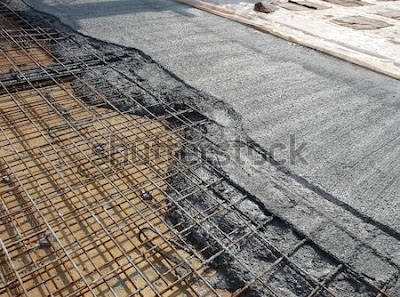 |
| SELF HEALING CONCRETE |
DISADVANTAGES :-
• Design of bacterial concrete is not mentioned in IS codes or any other codes.
• Cost of this concrete is comparatively higher than conventional concrete i.e. about 7-28% more than conventional concrete.
• The sprouting of bacteria is not suitable in any environment.
• The investigations involved in calcite precipitation are costly.
• Bacteria that grow in concrete are not good for human health and atmosphere and hence its usage should be limited to the structure.
BENEFITS OF BIO-CONCRETE SERVE IN INDIA ;-
The climate of india is change from region to region because of it’s topography. It observe wide range of change of temperatures from mountains, plains, forests, to beaches. Many cities such as New Delhi, Lucknow, Patna, Varanasi etc. Observe very warm climate in april to mid june and cold climate between November to February. The change of extreme climate can deteriorate the concrete surfaces and which may ultimately result in failure of structure. Bio concrete can be used as the best alternative for constructions in extreme climates. As India is a developing country, impressive infrastructure plays an important role so bio concrete can be used in the construction of crack resistant and durable high rise buildings and underground constructions. Apart from this bio concrete can be used for constructing structures meant for irrigation.
REFERNCES :-

I am a Professional Civil & Structural Engineer having more than 4 years of experience in Engineering, Procurement and Construction industry. Here i sharing the latest updates of EPC Projects and Construction News.

